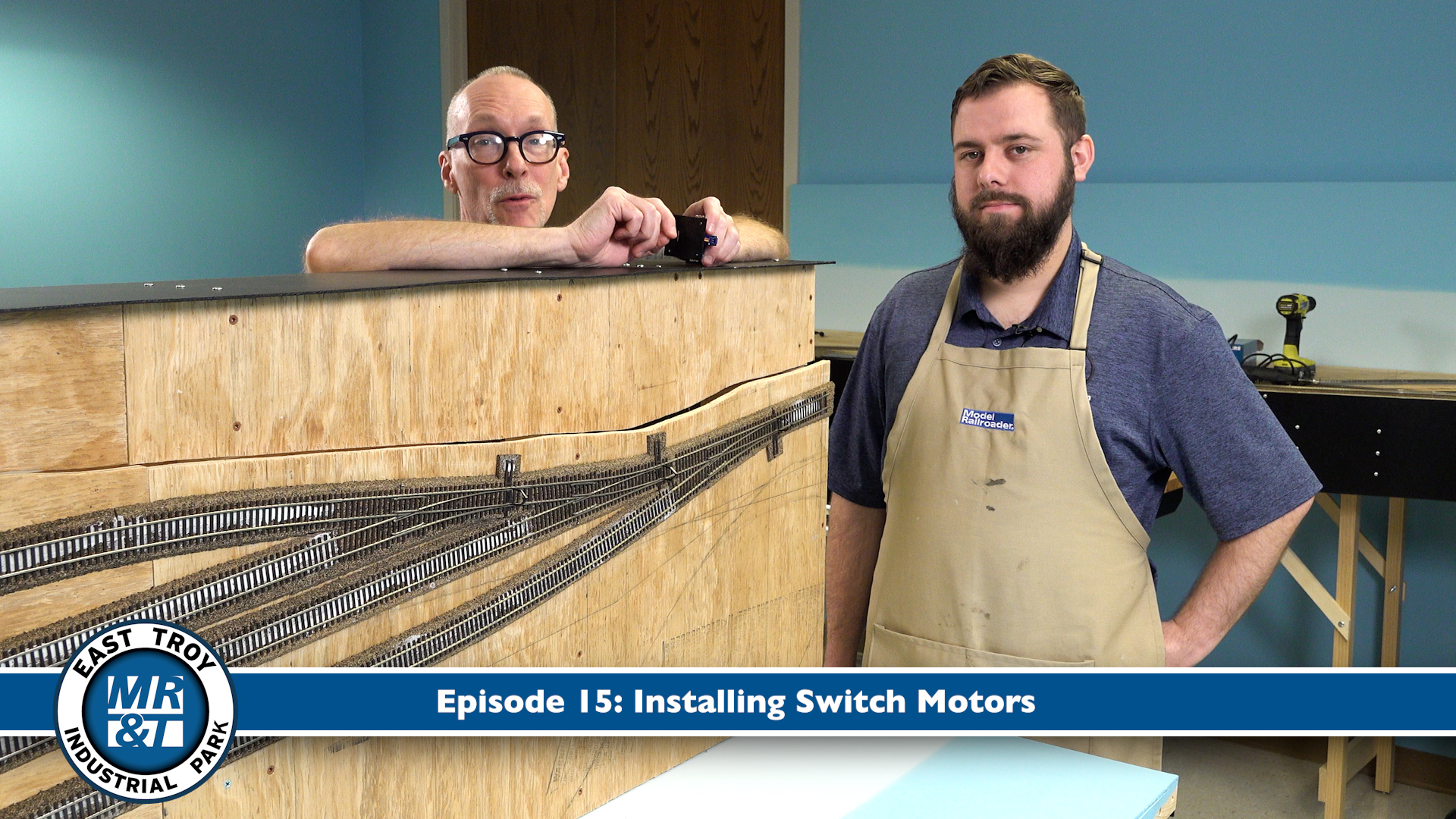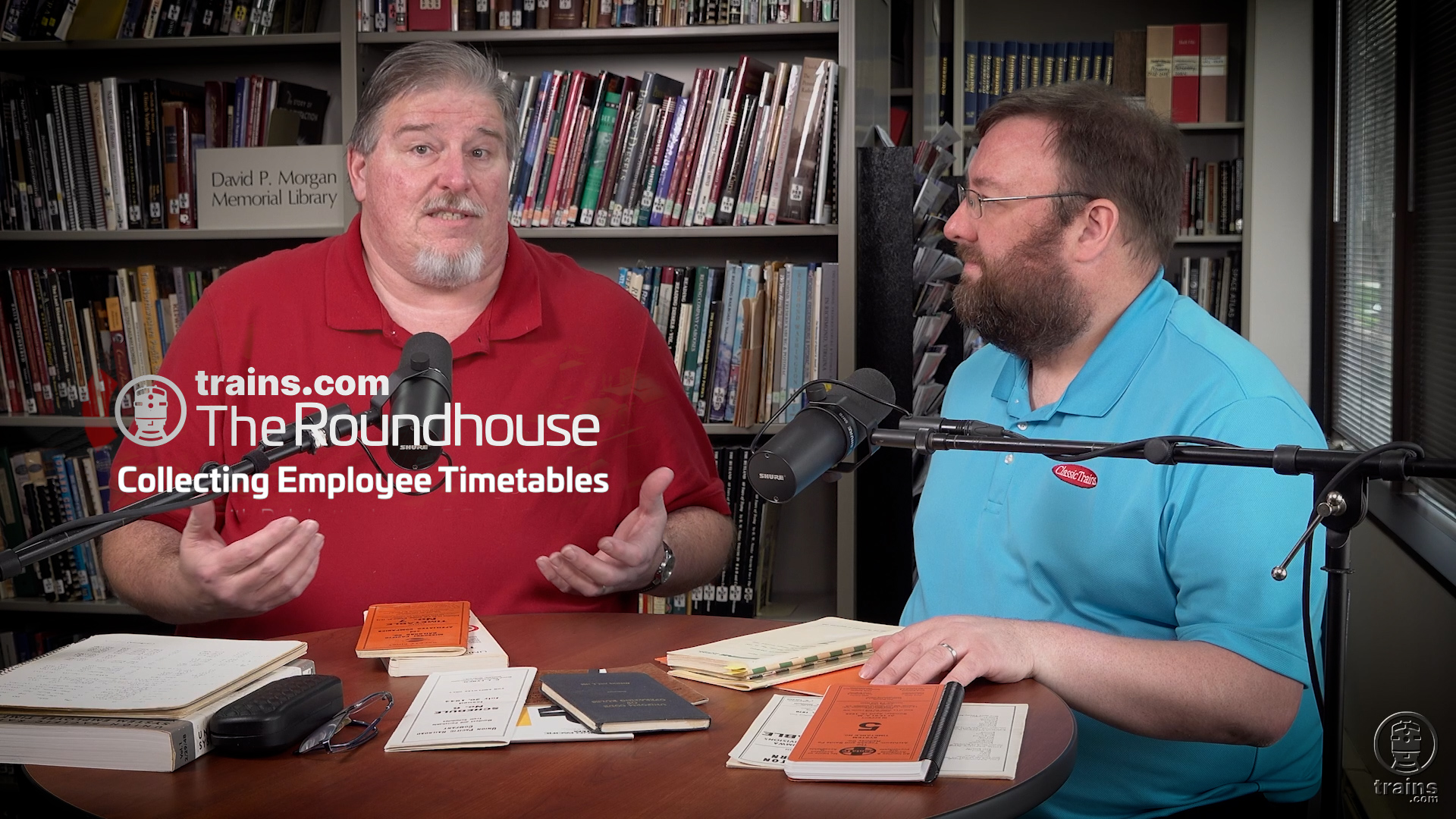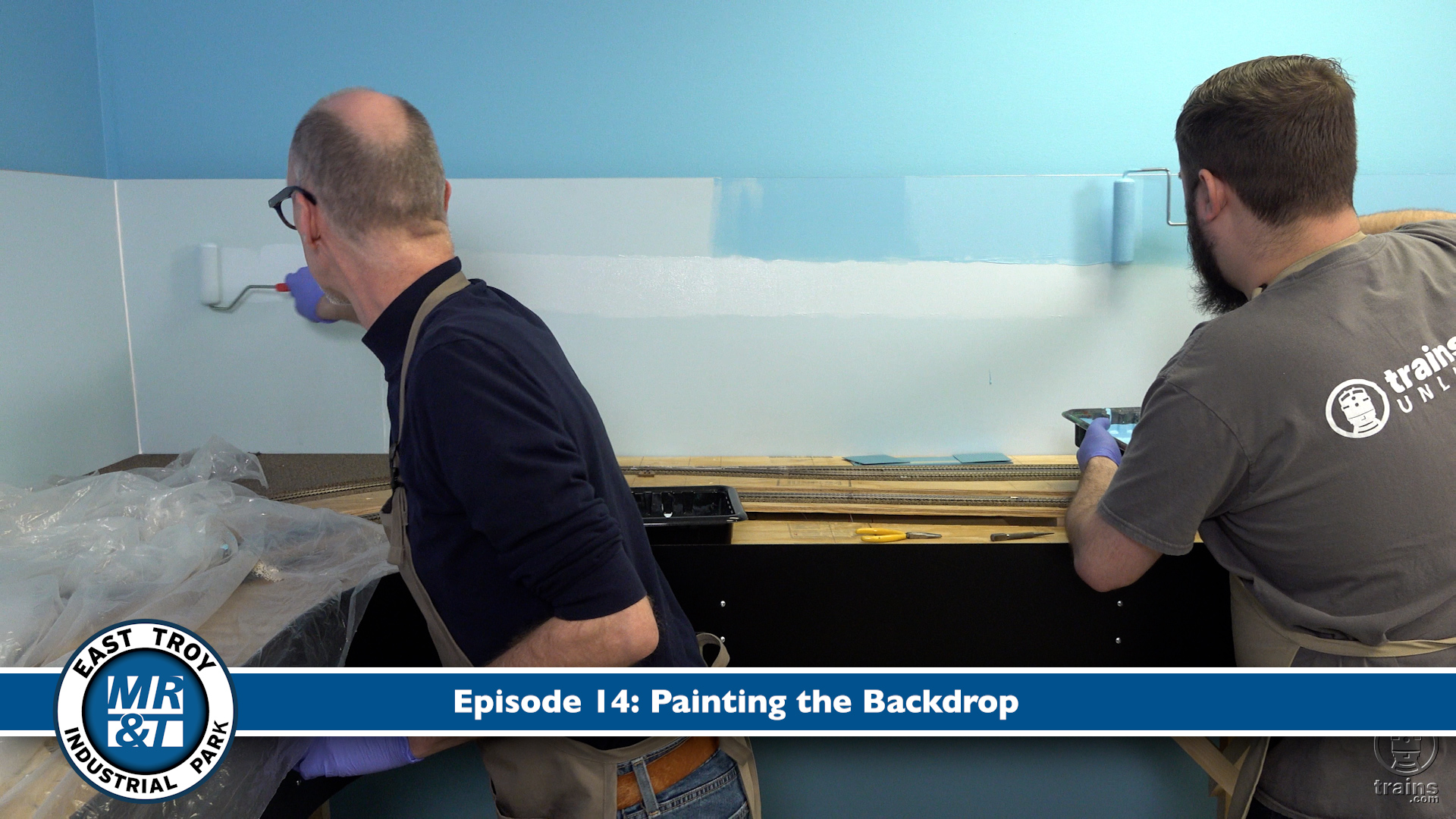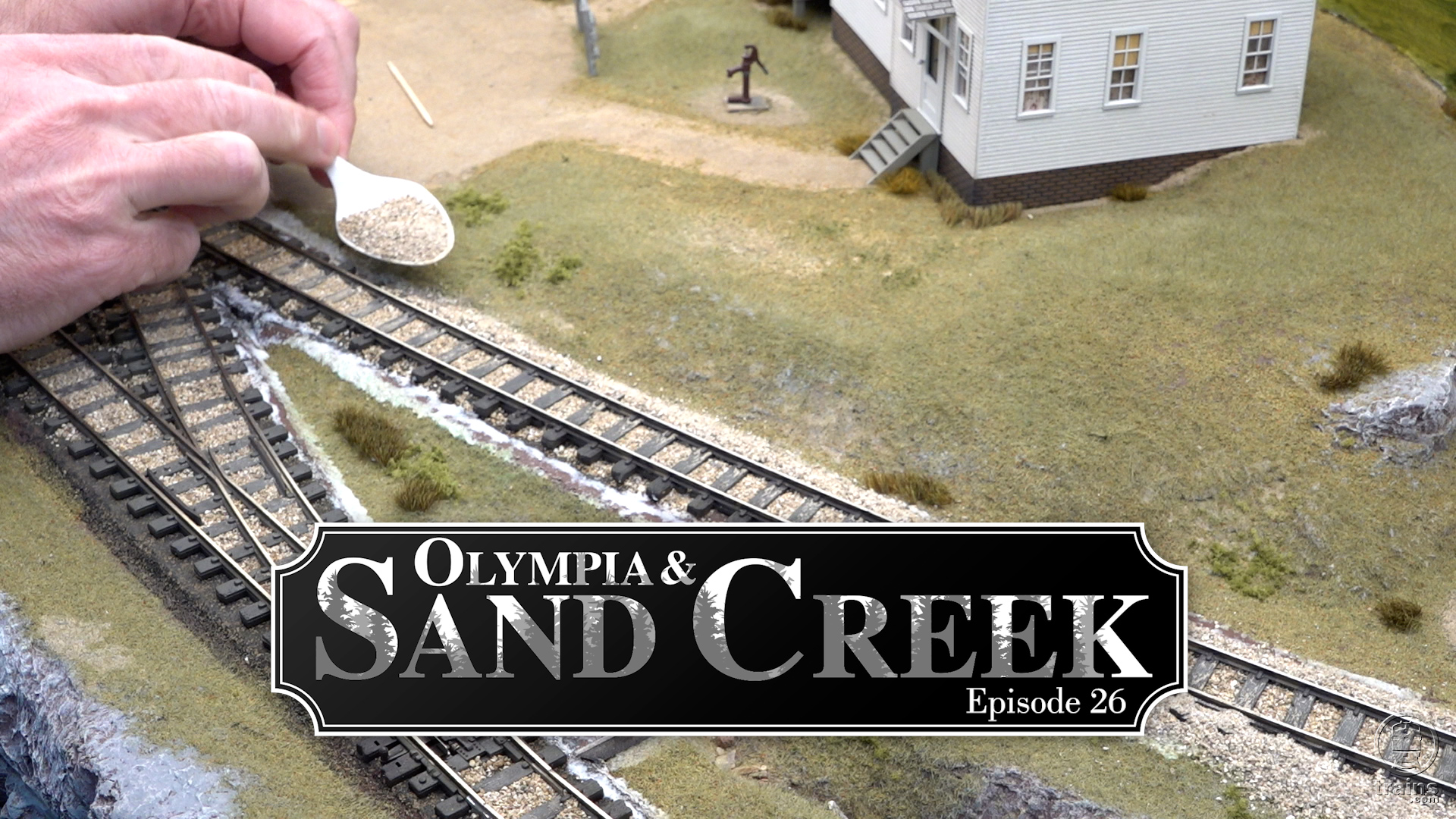Where I refer to “tubular” track, I’m talking about regular Lionel, K-Line, or other track with rails formed from sheet steel. There are also tracks on the market with solid rails, including those from MTH and Atlas. You can have good success with any type, but it’s usually not a good idea to mix types, even using adapters.
Here are ten tips that will help you get your layout off to a good start.
1. Gloves, please. If you’re using traditional tubular track, you’ll want to wear a pair of gloves when you assemble your track. Especially if you’ve purchased new track, it will require some force to fit together (see tip #2), and the corners of the rails and ties can be sharp. Save yourself some cuts – glove up.
2. Tight is right. If you want your trains to run well, you need to have a good supply of electricity to every section. That won’t happen unless the joints between sections are tight, no matter what type track you use. A little work with a pair of needle-nosed pliers can pay big dividends. If you’re using Atlas track, pay special attention to this – it looks great, but the joiners loosen easily.
3. No nails, please. It’s a really good idea to fasten track down to any permanent layout. It’s a really bad idea to use nails to do this, though. It’s hard to control how far you drive them, and easy to hit the rails with the hammer. Use small panhead screws instead, and leave just a bit of room between the screw head and the ties. That way you won’t bend or crack the ties, and your trains will also run more quietly.
4. Clip those joints. If you’re running your trains on a temporary layout made with tubular O or O-27 track, they’ll run better if you clip the joints together. Lionel offers metal clips that work quite well. It’s also possible to use plastic tie-wraps. Check your local hardware store – you might even find them in brown or black to match your ties.
5. Get the kinks out. You can build nearly any track design with sectional track – but make sure you don’t ask it to do something it can’t, namely bend. Sections have specific sizes and geometries, and while you can fudge things a bit, bending the sections too much can introduce kinks at the joints – and kinked joints are a sure-fire cause of derailments.
6. Wired for sound? Whatever type of track you use, you need power for your trains to run. Lockons work well for a temporary layout, but if you’re building for the long haul consider soldering your power feeders to your track. And don’t skimp on wire size – an O gauge passenger train can draw nearly 10 amps at 16 volts, so get some no. 16 or even no. 14 wire.
7. All tied up. That O gauge fast freight will make quite a racket once you get up to track speed, especially if your track’s on a plywood table. If you’re using tubular track, consider putting some rubber ties between the factory metal ties. They’ll help damp the sound – so you can hear your train’s whistle. You can glue them to the plywood or the roadbed with white glue.
8. Hit the roadbed. Whatever track you use, it can benefit from some roadbed underneath it. Roadbed not only keeps things quiet, it makes your track look more realistic. If you’re using tubular or Atlas track, some 1/4″ thick Vinylbed or cork roadbed ought to work, If you’re using track with built-in roadbed, a layer of flat cork or vinyl (even carpet padding can work!) will help keep things quiet.
9. Get a plan. Especially if this is your first layout, consider a published track plan. Most are time-tested, so you can be pretty sure the assembly will go smoothly. The best, including many of the old 1940s, 1950s, and 1960s Lionel plans, also incorporate ideas for good operation. Give one a try – you can always go wild on your second layout.
10. The kindest cut. Even if you’re using a published plan, you may need to cut a section or two of track (though remember, 1/2 straight and curved sections are available for most brands). If you need to cut track, the easiest way I know is this: 1) Wrap some masking tape around it in the approximate location of your cut, then measure and mark the tape. 2) Clamp the section in a bench vise gently, using some scrap sections of roadbed or even plywood to cushion the rails and leaving the place where you’ll cut about 1/2 inch from the jaws. 3) Cut the track slowly and carefully with a fine-toothed blade in a hacksaw. 4) Remove the tape, then remove any burrs from the ends of the rails using a large flat metal file.













